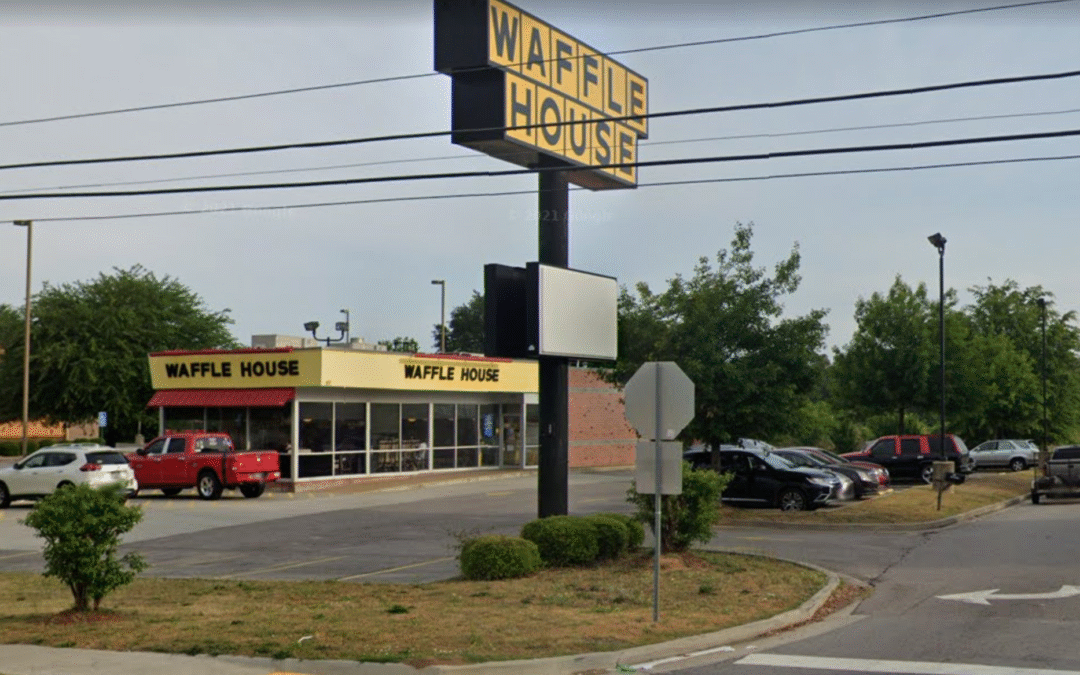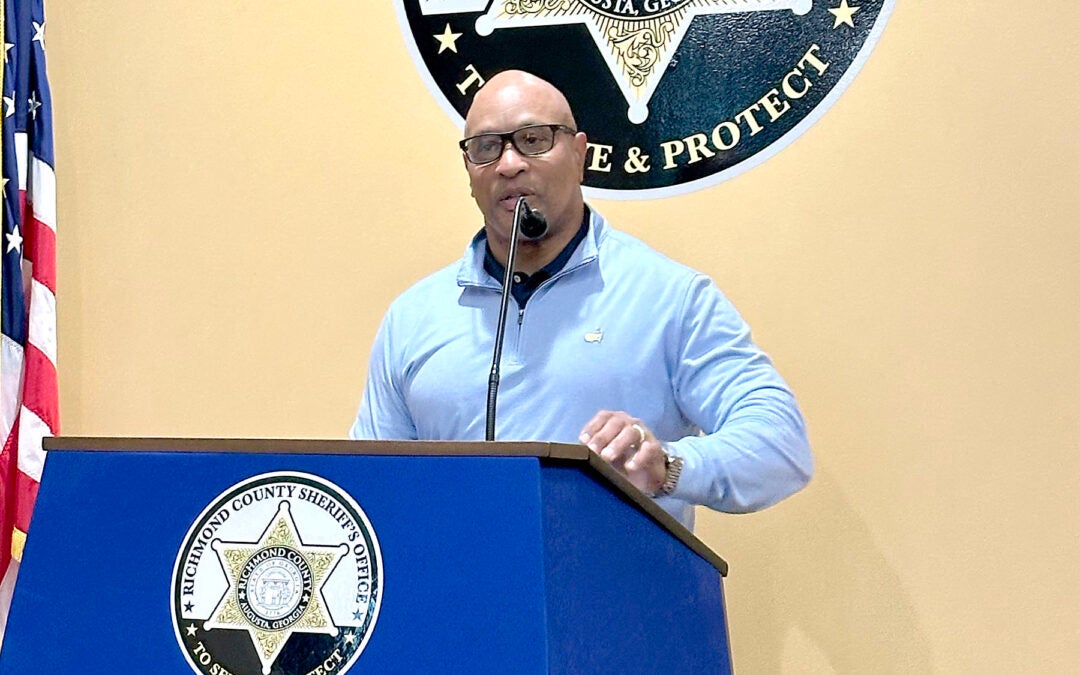David’s Bridal filed for Chapter 11 bankruptcy protection for the second time in five years this week and is exploring a sale of all or some of its assets.
The bridal store chain, which has 278 U.S. locations, including one on Walton Way Extension, said significant operating expenses, challenges from the COVID-19 pandemic and increased competition from online retailers led it to file for bankruptcy protection.
This comes a few days after the Conshohocken, Penn-based privately owned company, which has about 10,000 workers, said that it was laying off more than 9,200 workers.
The company has obtained loans from existing lenders on revolving credit lines that total up to $85 million to help fund it during the bankruptcy process. The company said it began to reach out to potential bidders in February and has several interested parties.
David’s Bridal said its stores would stay open during the bankruptcy process but that it was “evaluating its physical footprint to maximize value.” If it doesn’t find a buyer, it will wind down operations and shut down all of its stores.
“The company has identified various operational efficiency initiatives to support a new, scaled-down enterprise, including a reduction in its store fleet, corporate and store workforce, and corporate expenses,” said David’s Bridal CEO James Marcum in a court filing.
Filing for Chapter 11 allows the company access to liquidity to implement these cost-saving initiatives and to continue its sale efforts, according to a bankruptcy filing.
David’s Bridal, which is more than 70 years old, has assets and liabilities that are both in the range of $100 million and $500 million, according to the voluntary petition filed in the United States Bankruptcy Court for the District of New Jersey. Its largest creditors include UPS, which is owed $1.3 million, Google, which is owed $923,000 and Microsoft, which is owed $798,000, according to the filing.
Marcum, who took the helm in mid-2019, said in a statement that the challenging economic environment and ongoing challenges from the COVID-19 pandemic are to blame.
“We have successfully modernized our marketing and customer interaction processes and driven our retail service levels to best in class,” he said. “Nonetheless, our business continues to be challenged by the post-COVID environment and uncertain economic conditions, leading us to take this step to identify a buyer who can continue to operate our business going forward.”
Prior to the pandemic, about 2.2 million weddings occurred each year. In 2020, the national marriage rate fell to its lowest level in 121 years, and in 2022, it was still lower than pre-pandemic levels, with about 1.9 million weddings taking place. In addition, in the last three months of 2022, in-store appointments at David’s Bridal declined by more than 14%, while bridal unit sales declined by nearly 20%.
David’s Bridal last filed for bankruptcy in November 2018 in Delaware due to substantial debt obligations and liquidity constraints. It emerged “successfully” two months later in January 2019 after having deleveraged its balance sheet by approximately $434 million, according to bankruptcy filings.
But after this first bankruptcy, the company maintained a large physical store footprint, with 294 stores across the U.S., Canada and the United Kingdom, something it has struggled to maintain with inflationary pressures, according to bankruptcy filings. About a year later, the COVID-19 pandemic hit and hindered its transformation efforts as brides postponed their weddings, according to the filing.
The store, which sells dresses ranging in price from $199 to over $2,000, said more than 87% of brides visit the company’s website during their wedding planning process and about 25% of brides wear David’s Bridal gowns for their wedding, according to a court filing. It also dresses about one million bridesmaids each year.










